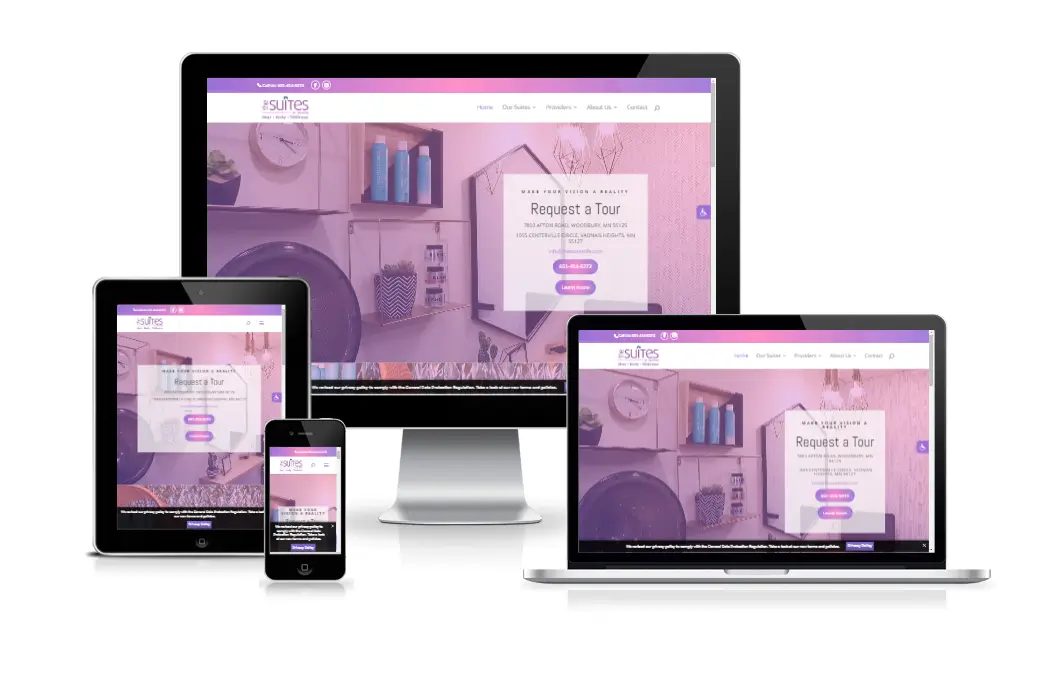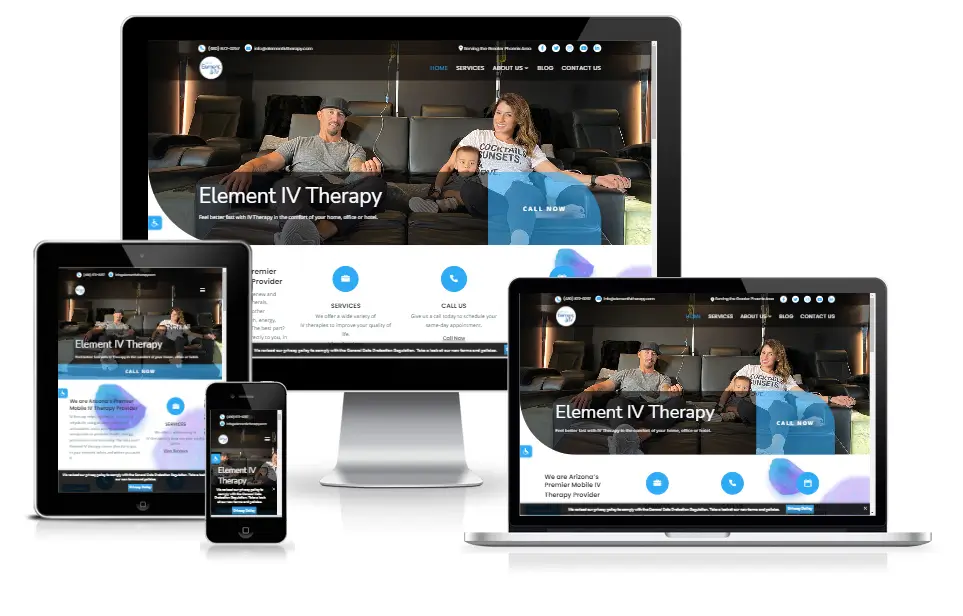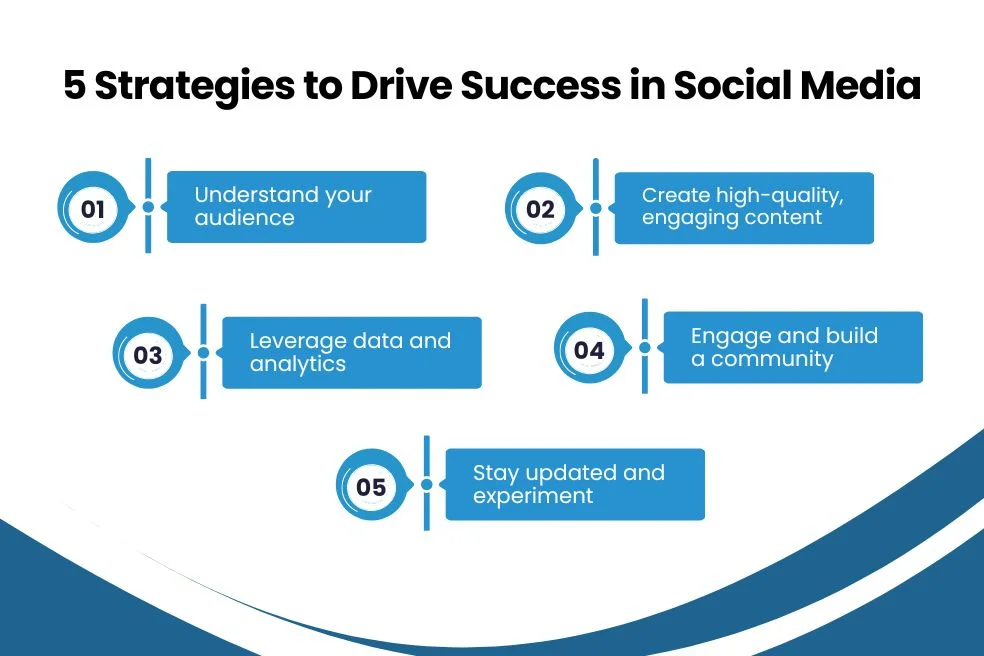Does Your Business Need an App? Here’s How to Decide
Does Your Business Need an App? Here’s How to Decide
When was the last time you used your phone? A day ago or just a few minutes ago? Today, mobile is no longer just a touchpoint; it’s where customers live, shop, and make decisions. From scrolling in bed to tapping through checkouts on the go, business now happens in your customer’s hands.
And here’s the catch: 88% of mobile time is spent on apps. This stat highlights the growing dominance of mobile apps in daily life and signals a huge opportunity for businesses to connect more deeply with their audiences.
In this blog, we’ll explore how mobile apps reshape the business landscape, weigh the pros and cons of building your own, and share practical tips to help you make a smart, strategic move.
The Mobile App Landscape in 2025
Unlike websites, mobile apps provide a more personalized, faster, and engaging user experience. They allow companies to:
This level of direct engagement helps build stronger customer loyalty and drives repeat business, and it has become a convenient way of interacting with customers. Today, an estimated 300 billion downloads are expected this year, reflecting a steady upward trend.
Moreover, with AI simplifying what used to be a complex app development process, the cost is estimated to be reduced by up to 40%.
Given these shifts, is your brand ready for it? We list down and weigh the pros and cons below.
Benefits of Having a Mobile App
When done right, mobile apps can be powerful tools for boosting engagement, streamlining operations, and increasing revenue.
Direct channel to customers. Mobile apps give brands a direct line to their audience, allowing them to personalize experiences through push notifications, loyalty programs, and tailored content. This level of engagement fosters stronger connections and improves customer retention.
Task automation and increased productivity. Enterprise mobile apps have increased worker productivity by as much as 45%. Apps can streamline business operations by automating tasks, facilitating real-time data access, and improving team communication.
Revenue generation. Apps unlock new revenue streams through subscriptions, in-app purchases, and advertising. When executed well, these monetization models have helped businesses achieve impressive returns, with some reporting 100–300% ROI within the first two years.
Risks and Cons of Having an App
While the benefits are compelling, launching a mobile app also has risks. Some businesses dive into app development without fully understanding the investment, technical complexity, or ongoing support required. Here’s what you need to watch out for:
Assessing ROI. App development requires a significant upfront investment. For example, some businesses spend $50,000 on app development and $20,000 annually on maintenance, generating $100,000 in revenue the first year. The ROI here is 60%, which may or may not meet your business goals.
Development and maintenance costs. Regular updates, bug fixes, security patches, and customer support add to ongoing expenses. Without proper budgeting, the app can become outdated or problematic.
Security risks. Failure to protect data can lead to breaches, legal penalties, and loss of customer trust. Hence, you must continuously train your staff with the right knowledge for these risks.
An app can be a game-changer or a costly misstep. Understanding the risks can help you plan realistically, allocate resources wisely, and determine whether an app fits your overall business strategy.
Are You App and Ready?
Before committing, ask these critical questions:
Developing an app could be strategic if your answers align with your long-term goals.
At Smart Works, our mission is to help businesses build mobile solutions that aren’t just functional, but future-proof.
Take The Suites by Radiance, for example. They understood their stylists needed better visibility and stronger client engagement in a mobile-first beauty industry.
But rather than jumping straight to app development, Smart Works partnered with them to build a mobile-optimized platform. The solution included features like a profit calculator and a stylist directory—tools designed to help professionals grow their client base and manage their business from anywhere.

Read the full case study here: https://seo.smartworksintl.com/project/the-suites-by-radiance/
If you’re thinking about an app, remember: it’s not just about building features—it’s about building meaningful mobile experiences. That’s what Smart Works does best.
Stay Ahead with Smart Works
At Smart Works, we go beyond development. We help you assess, plan, and build mobile-ready experiences that truly connect with your customers and drive sustainable growth.
Whether exploring your first app, enhancing an existing one, or expanding your mobile capabilities, we provide the tools, strategy, and guidance to ensure every move supports your long-term goals.
Contact us today and let Smart Works help you assess your next steps and thrive in the digital age.
Sources
How much does mobile app creation cost in 2025:
https://wezom.com/blog/how-much-does-mobile-app-creation-cost-in-2025-the-shocking-truth-you-need-to-know
App worldwide statistics:
https://www.statista.com/outlook/amo/app/worldwide#revenue
40 app development statistics:
https://www.gartner.com/en/information-technology/topics/ai-readiness
Mobile app development cost:
https://www.jploft.com/blog/mobile-app-development-cost
The Suites by Radiance:
https://seo.smartworksintl.com/project/the-suites-by-radiance/
Get In Touch
Let's start building your dream website! Send us your contact information and an overview of your exciting ideas and we'll build it together. We can't wait to hear from you!



Recent Comments